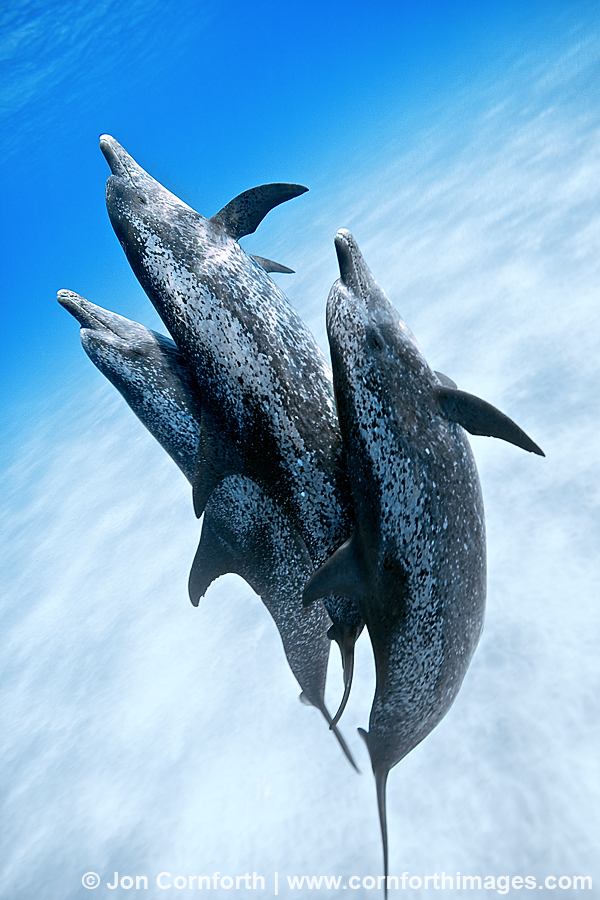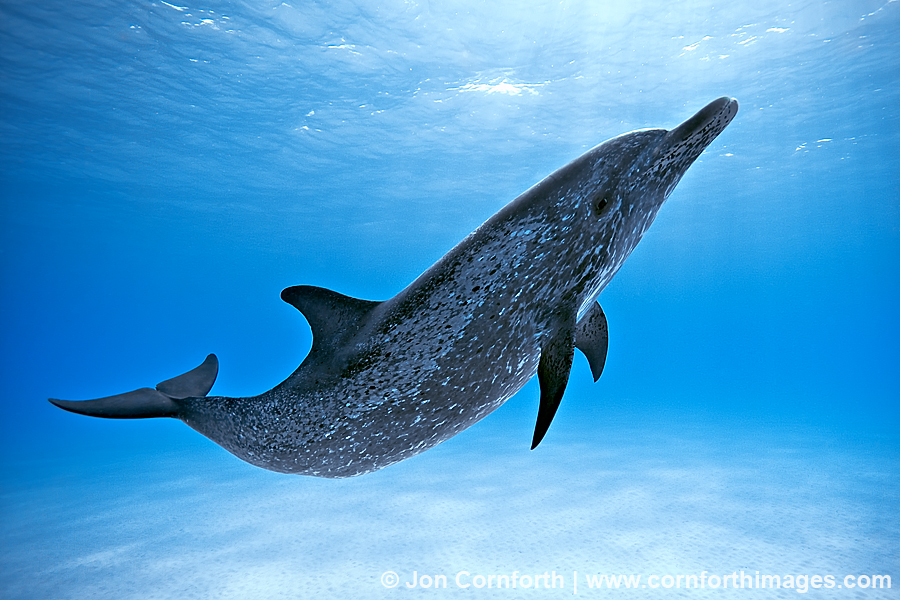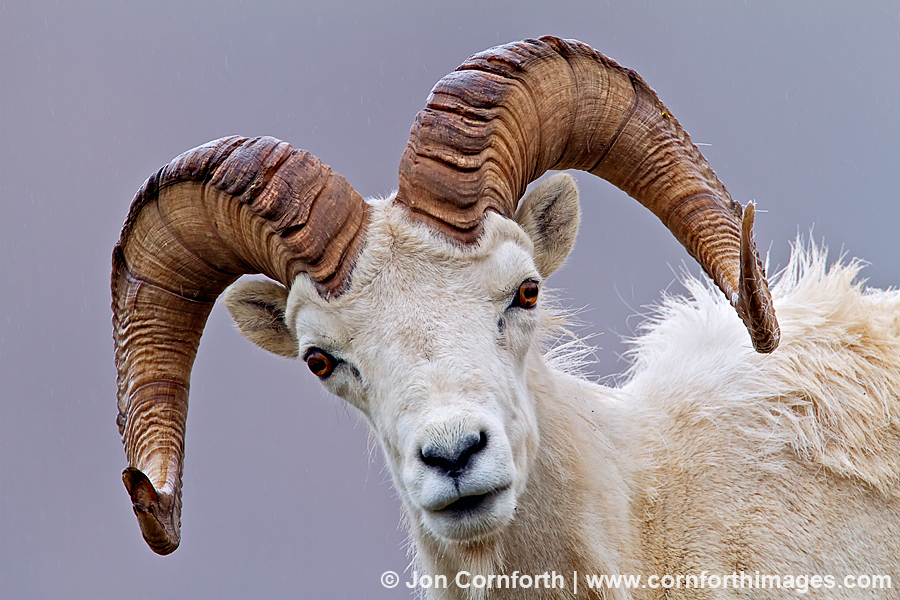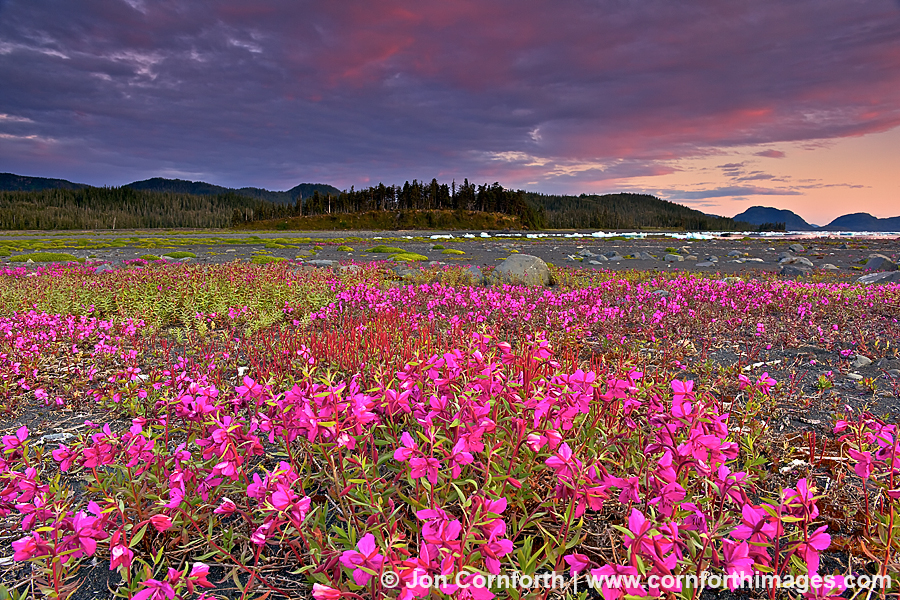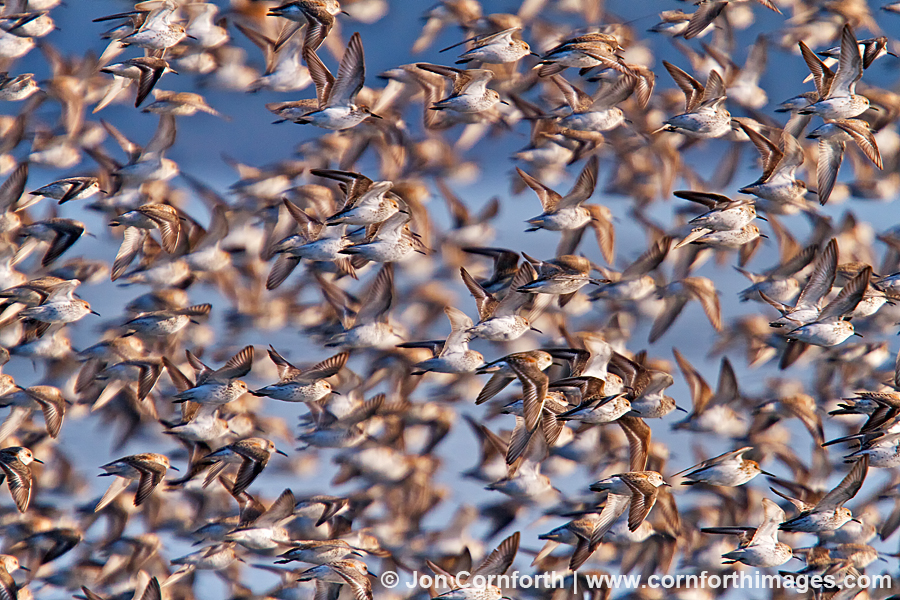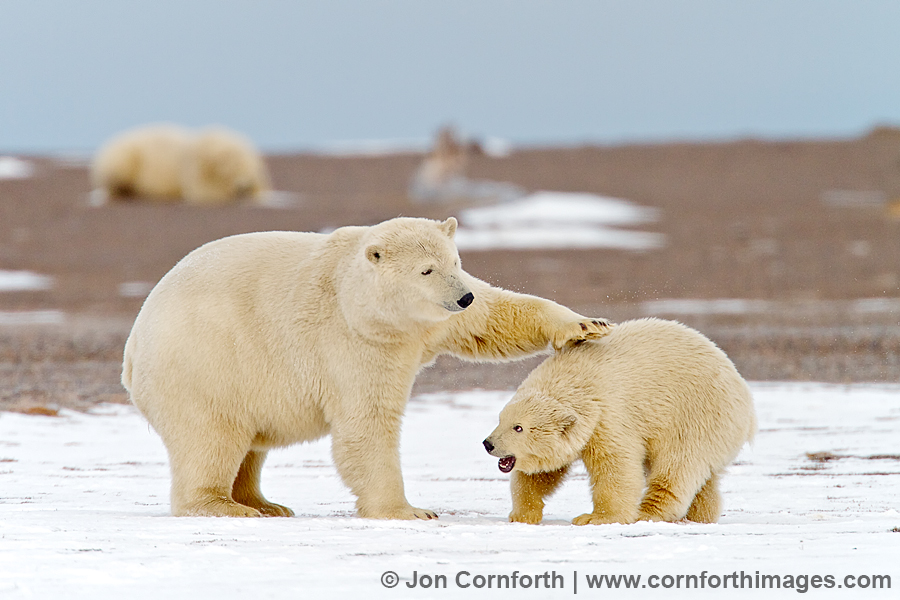
Barter Island Polar Bears 1
Posted onI have just returned from co-leading my first Polar Bear Photography Tour in Alaska. It was an incredible success! I created some fantastic images, but more importantly, so did my clients. I can’t wait to do it again next year. I’ll be updating my website this fall with information about next year’s tours, but if anyone is still interested in photographing the polar bears this year, my partner Steve Kazlowski is available in Alaska for clients. Please email me at for more information.
This was my first time photographing polar bears. I now understand how addictive photographing them can be. On the last day of my tour, I was able to photograph this mother and cub wrestling in the snow for an hour. It was incredible watching the cub continuously jump on or slide under it’s mom. Check out those mischievous little eyes staring at it’s mom right before it pounces. I was initially frustrated that they were farther away than I would normally like to shoot, but I pulled out all of my equipment in order to get in as tight as possible. I was on a boat which required me to hand-hold my Canon 7D with my 500mm f4 IS lens plus 1.4X tele-extender. That is equivalent to an 1120mm lens! I was able to freeze the action at 1/1000 second by setting my camera to ISO 800. This image is a single-exposure which was slightly cropped and required minimal processing using Aperture 3 and Photoshop CS5.


